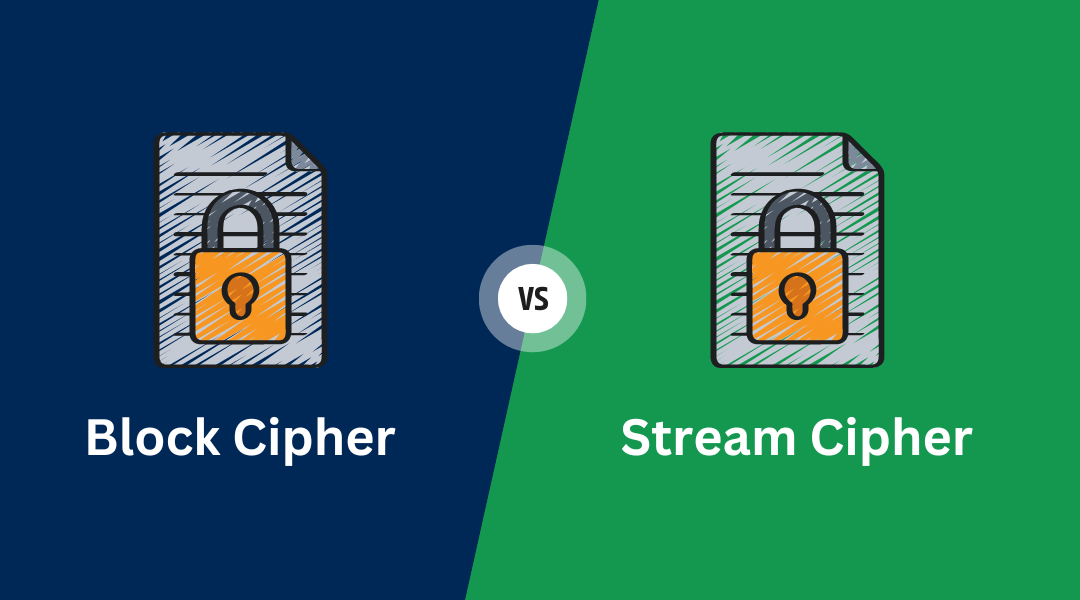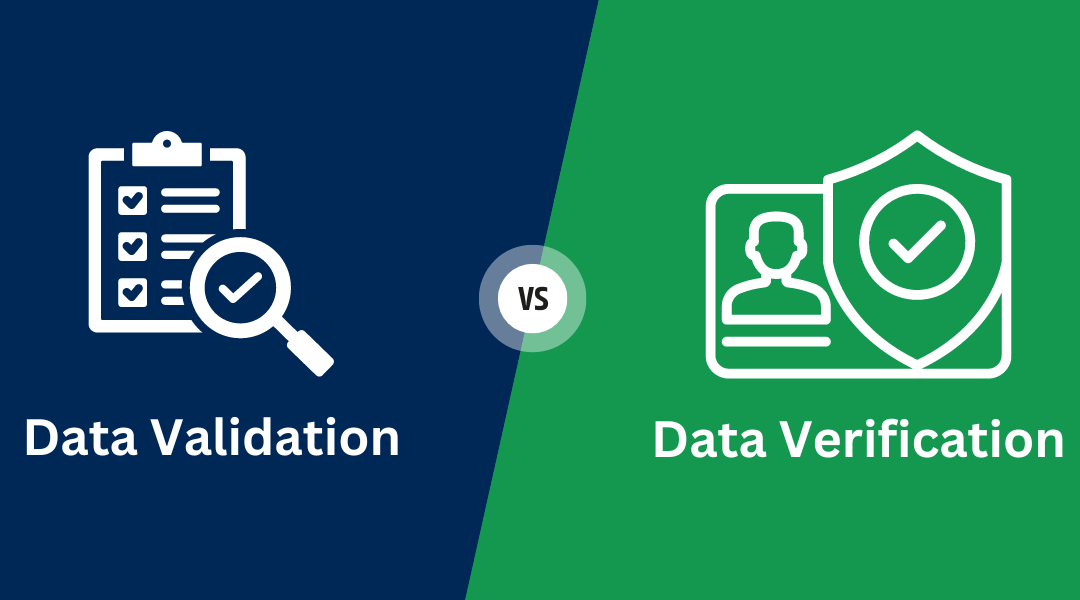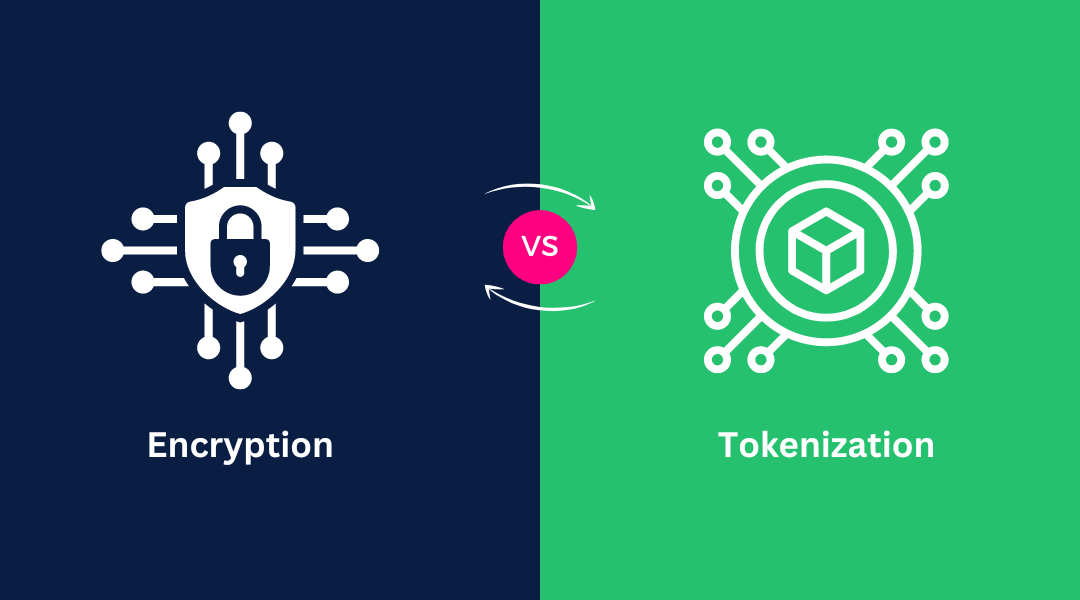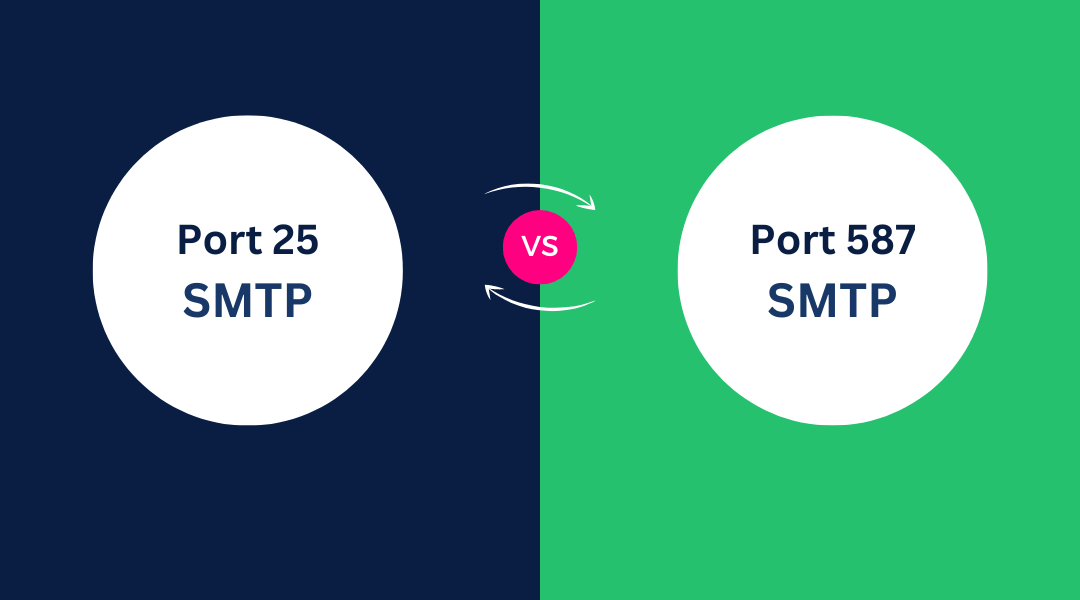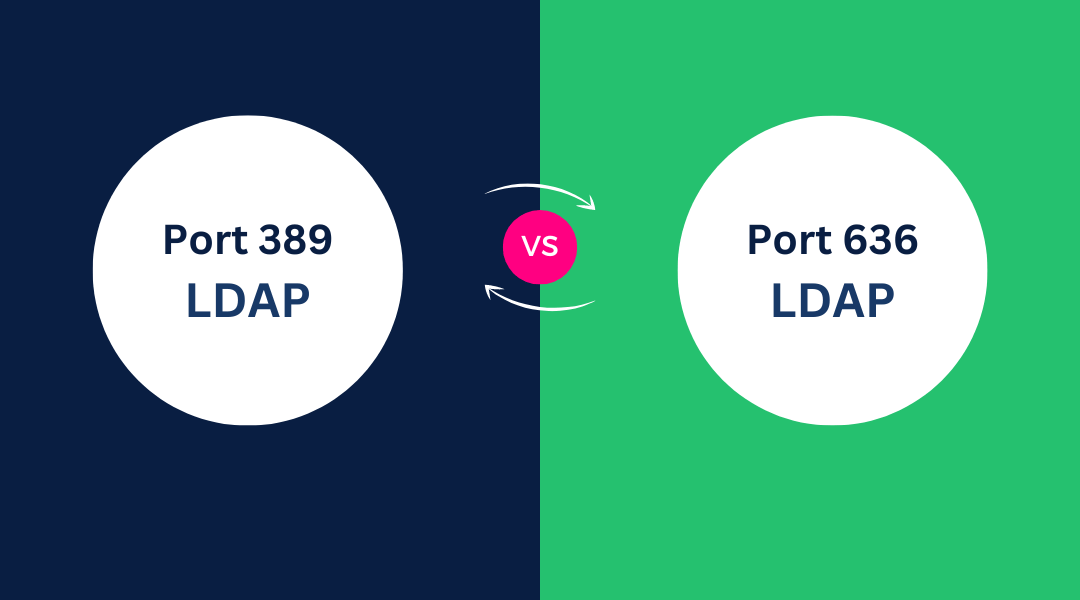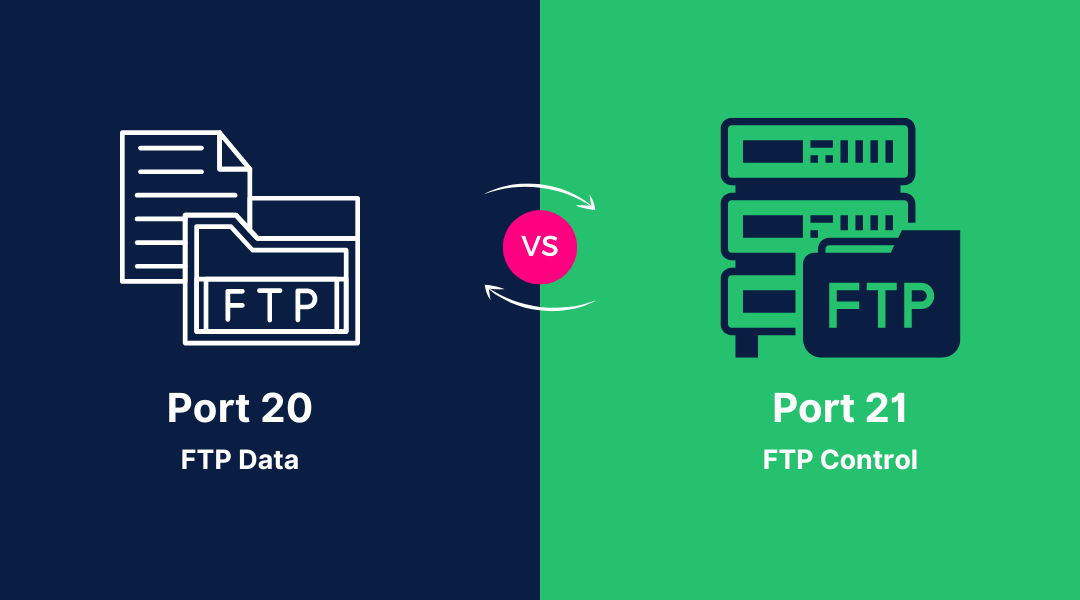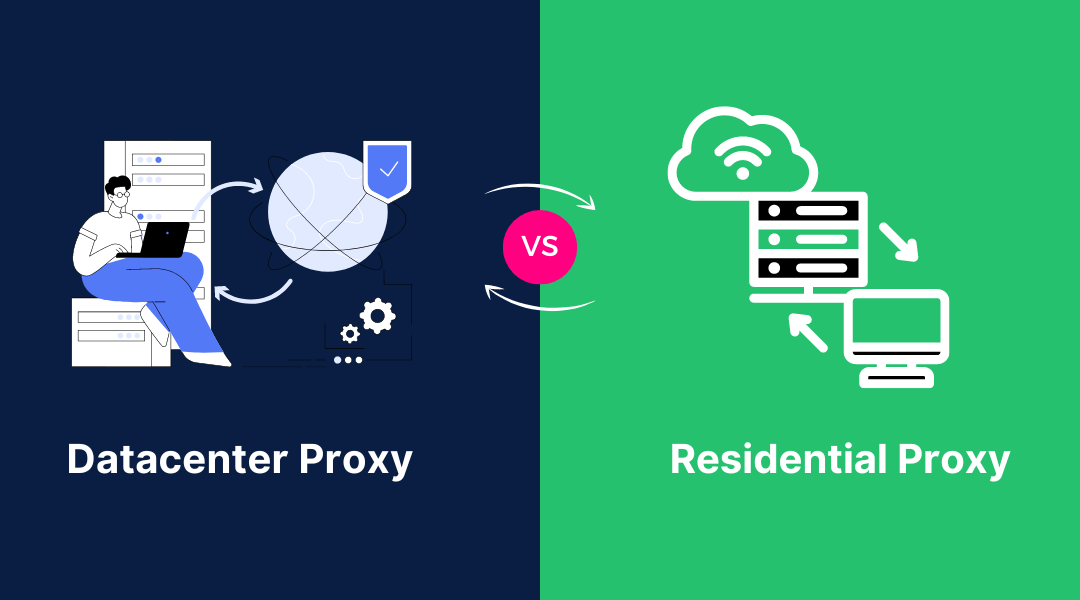What are the Difference Between Block Cipher and Stream Cipher? Cryptography is a critical component of modern digital security, and the choice between block ciphers and stream ciphers is a fundamental consideration. Block Cipher vs Stream Cipher are two distinct...
